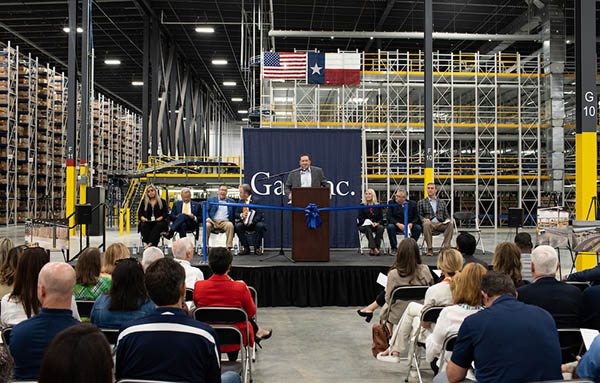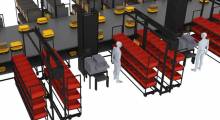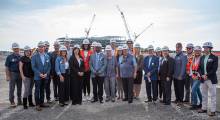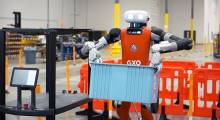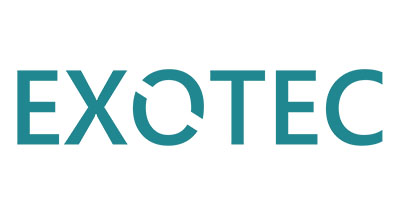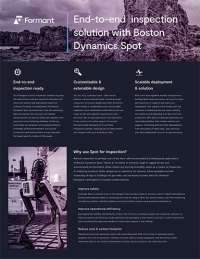In late August, Gap Inc. opened its newest Customer Experience Center in Longview, Texas. The 850,000-sq.-ft. distribution center is dedicated to e-fulfillment for Old Navy in the Southwest and is part of Gap’s continued focus on enhancing the quality of its customer service.
Earlier this summer, the San Francisco-based retailer expanded operations at its facility in Fishkill, N.Y. It added automated receiving, multi-level pick modules, enhanced returns-processing capabilities, and more.
The Texas facility brings the number of U.S. e-commerce fulfillment centers to seven, plus an additional distribution center in Canada. They include facilities in Fresno, Calif.; Columbus, Ohio; and two in Gallatin, Tenn. Modern Materials Handling (a sibling site to Robotics 24/7) previously covered Gap's approach to the holiday rush and ongoing focus on supply chain resilience.
Gap includes robots in new facility
At the grand opening, Kevin Kuntz, head of supply chain at Gap Inc., noted that the Longview facility will have the capacity to process an additional 1 million units per day, or roughly 250,000 to 280,000 orders, for a total of more than 4 million units per day during this year’s peak season.
In a later interview, he said the facility includes technologies that have long been part of Gap Inc.’s stack, including mini-loads and shuttles for automated storage, Kindred.ai robotic putwalls used to aggregate multi-line orders, and robotic storage and retrieval from Exotec to optimize returns handling.
Kuntz added that the retailer recently completed a pilot with Boston Dynamics' Stretch robot for automated trailer unloading in Fishkill and has ordered its first two units to be deployed in Gallatin. “We’re going to start with trailer unloading,” he said.
Adoption inches to dark facilities
Now, two units in one facility may not sound like a lot. But Gap Inc. started with just a few Kindred.ai robotic putwalls in Gallatin during the 2017 holiday season. Less than five years later, there are more than 240 units at work in multiple facilities across its network.
Similarly, Gap launched Exotec in Gallatin and is now deploying that technology across its network. Kuntz expects to follow a similar playbook with the Boston Dynamics technology.
While retail distribution centers will likely still rely on people for years to come, Gap’s growing portfolio of robotics “is inching us closer to a 'dark' environment,” Kuntz said.
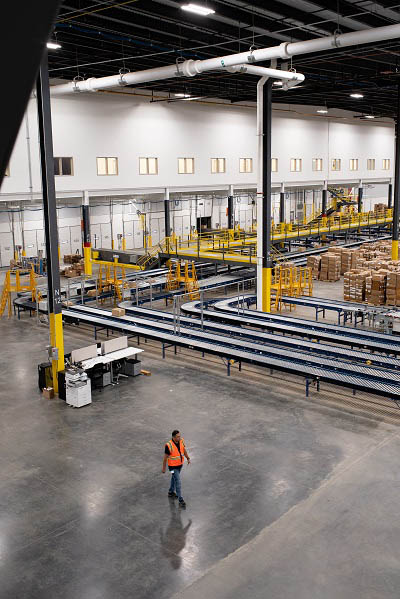
Innovation takes time, dedication
Why is Gap Inc. successful at adopting new technologies when other companies often struggle to innovate? Kuntz’s first answer was that innovation isn’t always a home run.
“People hear about the things that work,” he said. “They don’t hear that we pilot a lot of things that don’t work.”
Still, Kuntz said, the key to success is quickly identifying whether a technology can be integrated into the flow; creating a team that believes in the technologies that do move forward; and then having the organizational patience to move slow, learn, and improve.
“When we put in our first shuttles from TGW, it wasn’t easy because we were going from 100% human control to managing 44 shuttles,” he said. “The first three months weren’t easy, but our organization is really good at change management, and we were able to adapt the management of our flow to meet the need.”
Gap’s experience with robotics also illustrates how this space is evolving. Kuntz noted that the first foray with Kindred involved fixed robots that did one thing. For now, Exotec’s robots are being used to process returns. However, the technology is mobile and could be applied to other processes.
Mobile robots offer greater flexibility than fixed, rigid systems. While Gap is just getting started with Boston Dynamics for trailer unloading, Stretch is also mobile.
“Today, we’re going to use them for inbound, but in the future, it might be outbound,” said Kuntz. “The processes aren’t that different.”
Texas center to offer platform and logistics services
The new Texas facility will serve as an important node to service the Southwestern U.S. as Gap Inc. continues to work on its on-time delivery, especially during peak.
“We call our facilities 'customer experience centers' for a reason,” Kuntz said. “We’re working on bringing our delivery times down, especially during peak season.”
And while the facility was built for Old Navy, other brands may be introduced into the mix if the need arises.
Along with filling a gap in Gap’s distribution strategy, the facility also adds a distribution node for GPS Platform Services. The company plans to share with retailers the expertise and capabilities it has developed over the decades.
The Texas center also adds another fulfillment node for the new Logistics-as-a-Service program that Gap will begin offering to other retailers, especially smaller brands and startups. GPS Platform Services by Gap Inc. will offer e-commerce and business-to-business services, storage and warehousing, parcel shipping and returns processing and post-purchase experience.
It is part of a trend identified by Accenture and American Eagle Outfitters in Supply Chain Management Review (another Robotics 24/7 sibling site).
“We will use our existing network, intermingling with our own freight and our own building,” Kuntz explained. “We can offer a single node if they’re a smaller retailer, or we can offer multiple nodes and move orders for multiple brands if they want to do that. We already service four huge Gap Inc. brands and segregate and segment that data.”
“We think it’ll be game-changing for some of these brands that are struggling with fulfillment,” he added. “Who better than someone that already owns and understands retail fulfillment? It’s a unique opportunity.”
About the Author
Follow Robotics 24/7 on Linkedin
Article topics
Email Sign Up

